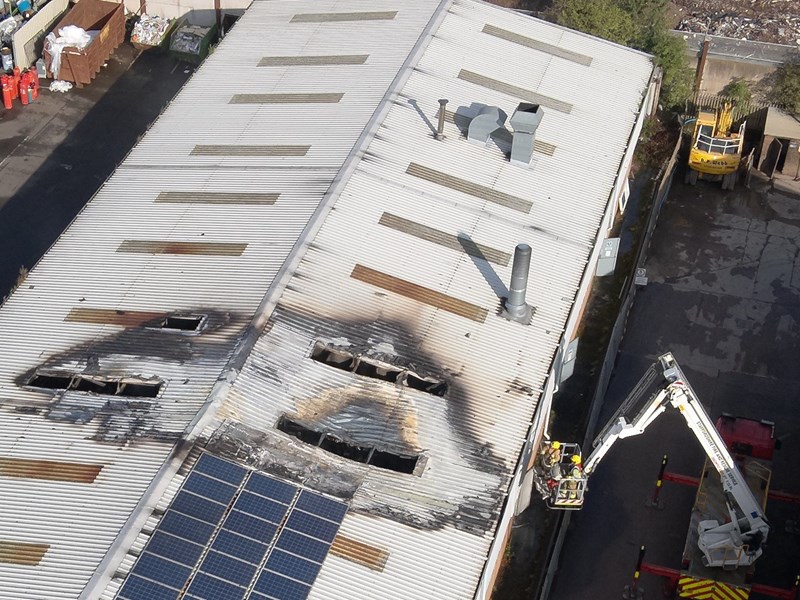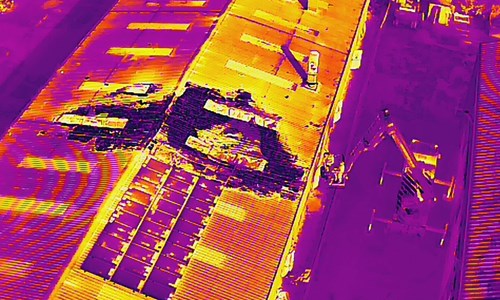Eye-in-the-sky technology helps firefighters on the ground

We have welcomed eye-in-the-sky-technology to help our crews tackle emergency incidents across the county.
Our firefighters now have access to two state-of-the-art drones to gather vital aerial intelligence by live-streaming imaging to colleagues on the ground. This capability alone makes them a valuable asset in improving safety for crews and the wider public.
They provide additional support by gathering information of the structural integrity of buildings, monitoring fire spread and confirming safe areas.
Key features include a thermal imaging camera, night vision and zoom capability. They are based at fire stations in Hanley and Lichfield and represent an investment of more than £20,000.

They were recently put into action when more than 40 firefighters tackled an accidental blaze at an industrial estate in Stafford.
A number of crews including from Stafford, Rising Brook, Penkridge and Cannock were called to a fire inside a single-storey business on St Albans Road, Stafford, just after 2.15pm on Monday 18 September.
The fire, measuring about 100 metres by 25 metres, was extinguished by 7pm.
David Steele, Head of the Northern Service Delivery Group at Staffordshire Fire & Rescue Service, said: “Drones are perfect for giving us real-time data of evolving scenes, such as this, and hard-to-reach emergencies.
“They can be mobilised to any incident but will be particularly useful for helping us to deal with large building fires, wildfires, waste fires, hazardous materials, water rescues, missing persons investigations and assisting our partner agencies.
“The use of such technology at large incidents can result in the prevention of escalation and earlier resolution, safeguarding our crews and the public, and leading to a smaller release of contaminants, such as smoke and debris, into the atmosphere.”
Firefighters are undergoing training in how to use the drones with the aim of establishing a team of around 12 pilots. Training involves online theory and an exam, plus a practical flight assessment giving a qualification of GVC (General Visual Certificate).
Published:
